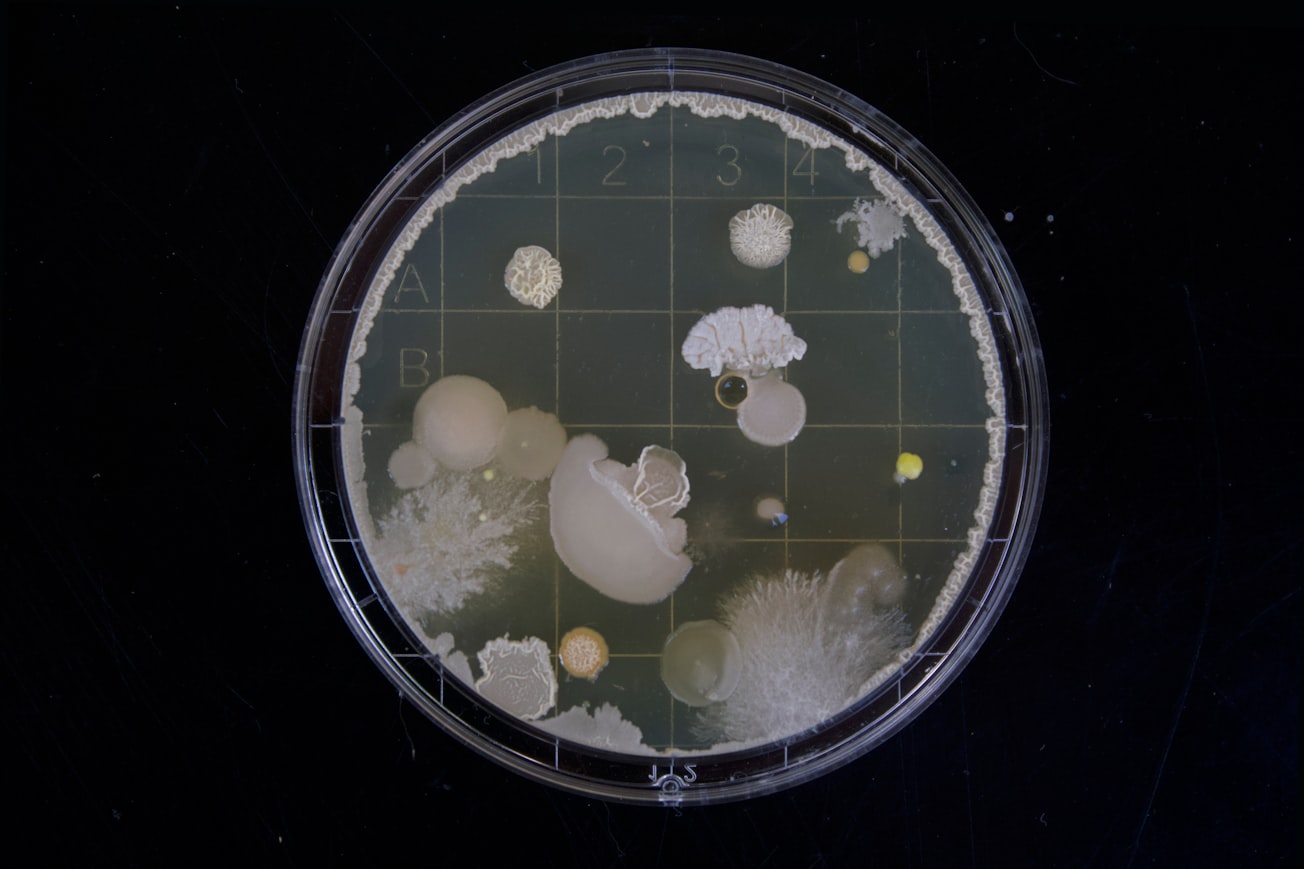What is it about?
Microscopes are essential for studying cells and identifying diseases. But high-quality microscopes are costly. This is because it uses multiples lenses that needs mounting and testing. One way to reduce its cost is to use a single lens, the ones used in cellphone cameras. But these lenses cannot focus different colors present in visible light at the same spot. As a result, magnified images of colored samples appear blurred. In this paper, the authors proposed a method for solving this issue. They shone a light of single color over a tissue sample for three different colors, namely red (R), blue (B), and green (G) light. This allowed the single lens to focus their images clearly. At the same time, an image sensor recorded these images. The authors then used these single-color images as input to a deep learning network. They then trained this network to color these images based on colored (RGB) image samples.
Featured Image

Photo by Michael Schiffer on Unsplash
Why is it important?
To study cells under a microscope, they often need to be colored to distinguish them. This is done with coloring dyes. The microscope must correctly reflect the color of dyed samples. But this needs the use of multiple lenses, making the microscope costly. This study proposes a method based on machine learning that transforms grayscale image into color images. KEY TAKEAWAY: While single lenses have difficulty focusing different colors, they can take detailed single-color images. By adding color to these images using machine learning, this study could make low-cost microscopes a reality.
Read the Original
This page is a summary of: Deep learning virtual colorization overcoming chromatic aberrations in singlet lens microscopy, APL Photonics, March 2021, American Institute of Physics,
DOI: 10.1063/5.0039206.
You can read the full text:
Resources
- Related Content
How optical engineering helped us in the pandemic
Optics has contributed to improved infection control, diagnostics, and therapeutic development.
- Related Content
Detecting multiple COVID-19 signatures at the single molecule level
The new sensing device designed by the authors can help us detect and prevent the spread of COVID-19 as well as other infectious diseases.
- Related Content
Artificial Intelligence: Could it be a game-changer in our fight against COVID-19?
AI has the potential to revolutionise healthcare. But for this to happen, our AI technology first needs improvement.
- Related Content
Internet of medical things: How can it help during pandemics?
The cost of healthcare services is growing worldwide. Developing IoMT and addressing its shortcomings will help ensure better medical care during the COVID-19 pandemic and beyond.
- Related Content
Switching targets from virus to host: an alternative approach for drug development
Targeting the host instead of the coronavirus can help develop more successful therapies with fewer side effects.
- Related Content
New sensor makes virus testing quicker and less invasive
Access to fast, accurate, and affordable diagnosis of COVID-19 infection is essential to contain the spread of viruses and prevent major outbreaks. A new biosensor could help reduce the seriousness of current and future viral infection outbreaks.
- Related Content
Rapid advances in diagnosis of COVID-19
New types of testing lend themselves better to cheap, quick, hand-held devices; smartphones are also helping to improve testing as well as things like monitoring and contact tracing.
Contributors
Be the first to contribute to this page







